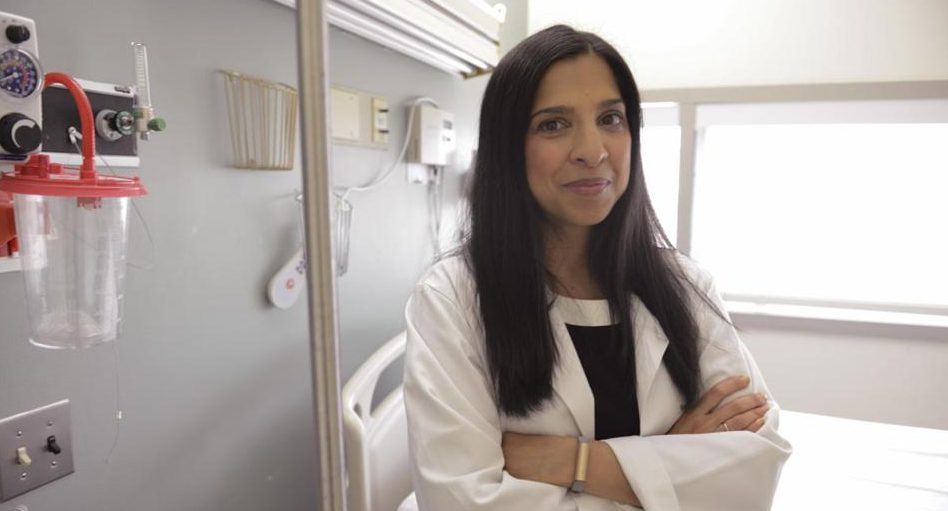Female Physicians May Be Better Than Male Physicians
 New research estimates that if all physicians were female, 32,000 fewer Americans would die every year.
New research estimates that if all physicians were female, 32,000 fewer Americans would die every year.
Salaries for female physicians average some $19,879—eight percent—lower than male physicians. At academic hospitals, male physicians receive more research funding and are more than twice as likely as female physicians to rise to the rank of full professor.
These disparities have historically been attributed to the effects of disproportionate domestic responsibilities—including maternity leave and subsequent part-time schedules. As physicians Rita Redberg and Anna Parks note, this can be perceived to “undermine the quality of female physicians’ work and explain male physicians’ higher salaries.”
But no. Female physicians actually tend to provide higher-quality medical care than males, according to research released today. If male physicians were as adept as females, some 32,000 fewer Americans would die every year—among Medicare patients alone.
The research is published in the journal JAMA Internal Medicine. Researchers from Harvard University reviewed the records of 1,583,028 hospital visits among Medicare patients. Within 30 days of arriving at the hospital, rates of death and re-admission were significantly lower when the patient’s doctor was female.
RELATED: Pay for Women Equals Men in Academic Radiology
This was true for people with medical conditions of all sorts and severities. The researchers tried to account for every variable; but ultimately all that was left was the finding that women are superior to men at treating these (65-and-older) patients in the hospital. The association held true even for patients who were randomly assigned to a doctor when they arrived. People treated by a female had a 4 percent lower relative risk of dying and 5 percent lower relative risk of being admitted to the hospital again in the following month.
To explain the discrepancy, the researchers point to past studies that have shown female physicians are more likely to provide preventive care and psychosocial counseling. Female doctors are also more likely to adhere to clinical guidelines. Though as Redberg and Parks note in an accompanying editorial today, adherence to clinical guidelines “does not always equate with quality or value of care.”
Instead they point to data that says female physicians “have a more patient- centered communication style, are more encouraging and reassuring, and have longer visits than male physicians.”
Still the implication is not that everyone should rush to choose a female physician, discarding males in droves. For one, this would be impractical since females make up only one-third of the American physician work force. In the journal article, the researchers conclude, rather: “Understanding exactly why these differences in care quality and practice patterns exist may provide valuable insights.” And in a press statement, researcher Ashish Jha said the next step would be “to understand why female physicians have lower mortality so that all patients can have the best possible outcomes, irrespective of the gender of their physician.”
Follow Kaye/Bassman Academic Medicine on Twitter!
While gender differences in practice styles have been shown in past research, today’s study is the first to compare such meaningful outcomes as death and re-hospitalization. These are the results that many patients and doctors—and certainly hospitals and insurance corporations—care about most. In a profession increasingly conscious of bottom lines and quality outcomes, these numbers may be what it takes to spur equal (or better) compensation and opportunity for female physicians.
Source: The Atlantic
